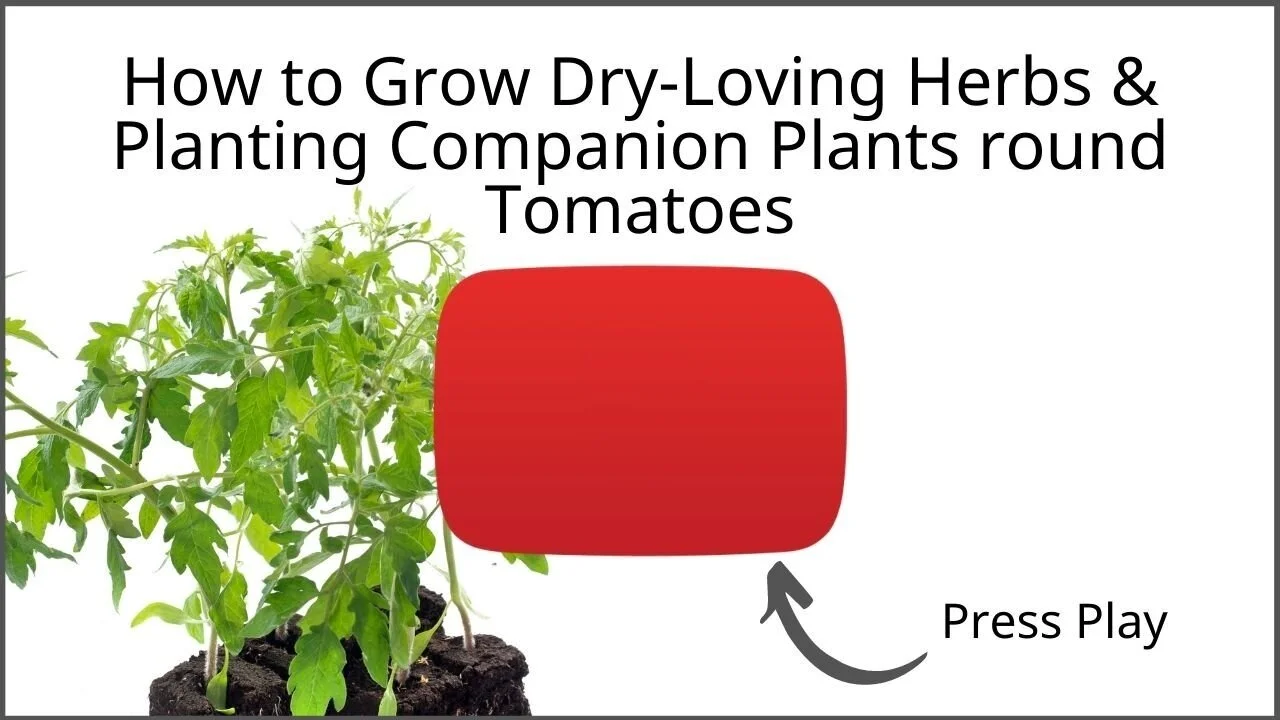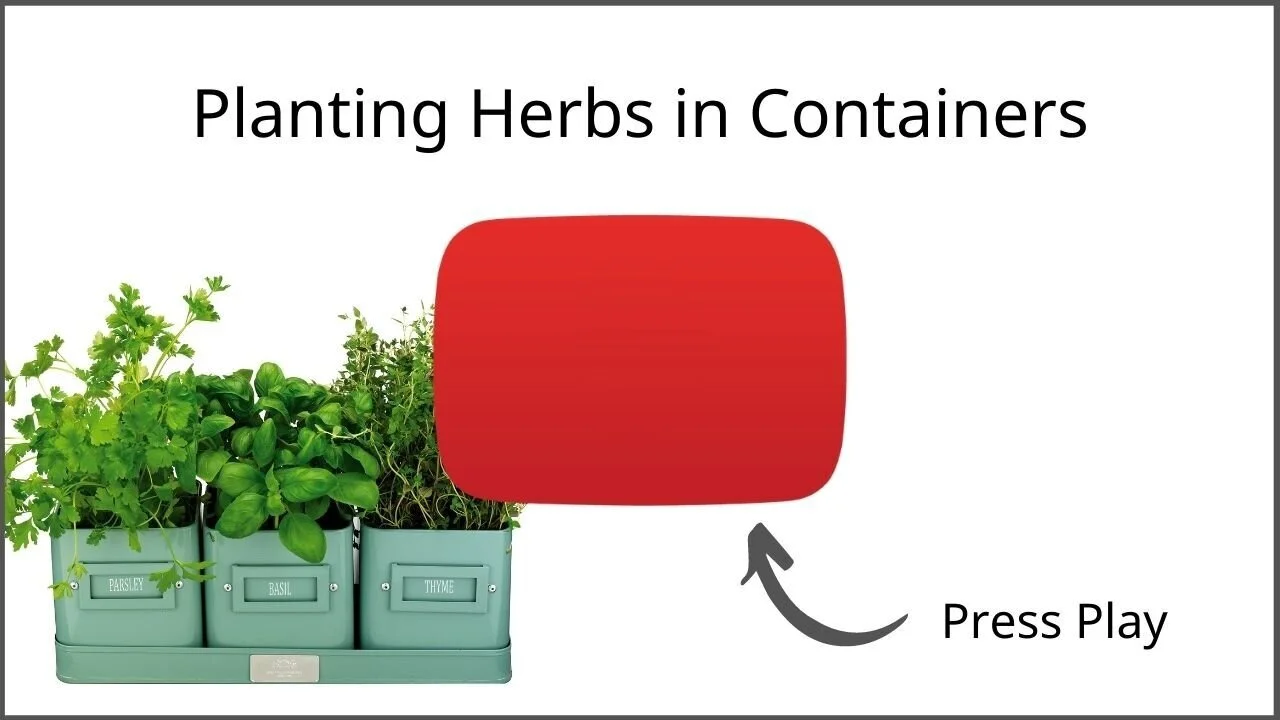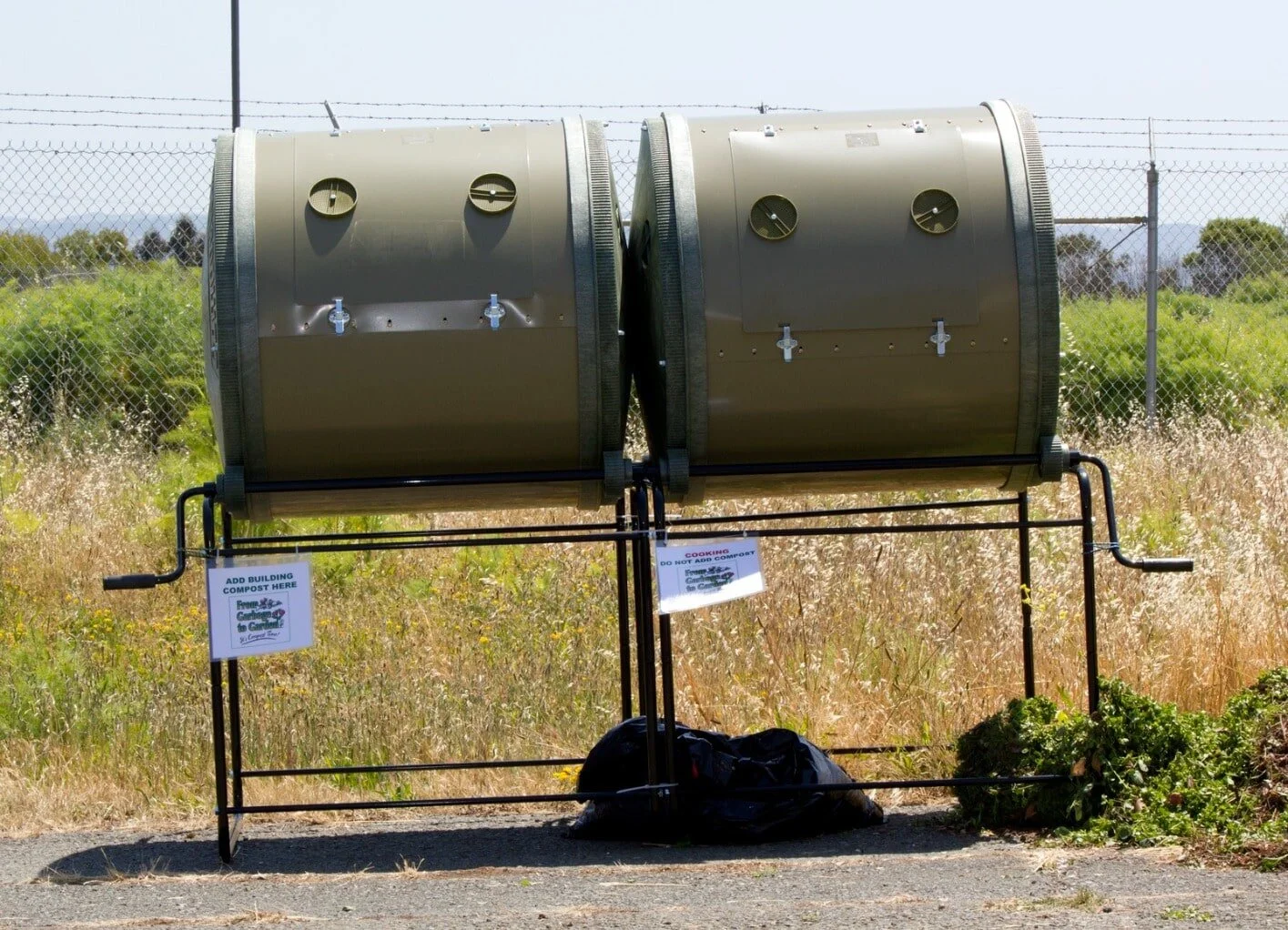Table of Contents
Growing herbs can be a great way to introduce yourself to cultivating plants, and herbs are an excellent plant to grow if you are limited in space. You'll also be able to use them in your cooking and have fresh herbs on hand instead of the traditional dry ones you get from stores.
However, it is important to note that not all herbs can be planted together in the same pot or environment. They'll compete with each other for space, and you could end up with dead or unhealthy plants.
If you're wondering what herbs can be planted together and why companion planting is important, read on.
What is Companion Planting?
Different plants or herbs grow better together than others, and by companion planting, you're giving them the best chances to yield a bigger crop. Companion planting is also one of the easiest ways to create a mini ecosystem where the different herbs work to benefit each other.
For example, if you're planting a herb that is prone to being eaten by certain pests, another herb may act as a natural pest repellent, and if you plant them together, they'll both stand a better chance of surviving. Also, some herbs can act as structural support for other herbs, or they can provide ground cover.
What are the Benefits of Companion Planting?
Companion planting comes with several key benefits, and as long as you know which herbs to plant by each other and which to separate, you shouldn't have any problems.
1. It Saves Space - One of the most obvious benefits of companion planting is that it saves space. You won't have individual containers for each type of herb, and you can combine them into one pot or a few pots.
2. Reduce or Slow Disease Progression - Adding multiple herb species to one container instead of the same species can help break them up. This is especially useful if one herb species gets sick as it usually won't spread to the other species right away, and this gives you time to correct it.
3. Moisture Retention - As you'll have several herb species in the same pot, there won't be a lot of open soil or areas. This will reduce the amount of moisture that you lose from sunlight exposure, and it'll reduce your maintenance levels.
What Herbs Can Be Planted Together?
Now that you know what companion planting is and what some of the key benefits are, we can group your herbs together so you'll know exactly what can and what can't be put into the same pot to grow.
Deeper Container Herbs
Herbs that are slower-growing and require more soil should ideally be planted in the same container. They'll mature around the same time, and they won't compete for space as much because they're all on even footing. Herbs that require longer growing times and deeper containers are chives, parsley, and rosemary.
Damp Herbs
This particular type of herb loves to have full sun, and they like to have a more sandy soil. They also tend to be pretty self-contained and don't sprawl out too much. However, these herbs also need more damp conditions to thrive and be happy, and this is what sets them apart from traditional Mediterranean herbs. Your damp herbs are basil, cilantro, and tarragon.
Mediterranean Herbs
It's important to group your herbs into containers by region so they have the same growing conditions. These herbs all like to have a dry and sandy soil, and they don't tend to creep or sprawl out. They do tend to grow quite large, so you should keep this in mind when you're planning for space as you may end up transplanting them outside. Mediterranean herbs commonly include lavender, oregano, marjoram, rosemary, sage, and thyme.
Mint
Mint belongs by itself in a long window box because it tends to creep, sprawl out, and take over any area it's planted in. It can also push out your other herbs if you don't keep a careful watch on it. Mint plants like a lot of light and they put out runners that grow sideways so you should trim it back as needed.
Videos: Companion Planting
This very informative video shares several things: how to know which herbs would grow best together, what herbs specifically can be planted together, and what companion plants can be placed around tomatoes. You’ll get lots of amazing tips including tips about companion flowering plants.
Now here’s a really fun and inspiring video on how to plant herbs in containers.
Final Thoughts
Companion planting comes with many benefits, and this is especially true if you're growing herbs. With a little planning and a little care, you can be well on your way to having a thriving herb garden right in your own kitchen.
Read More Useful Gardening Tips

















